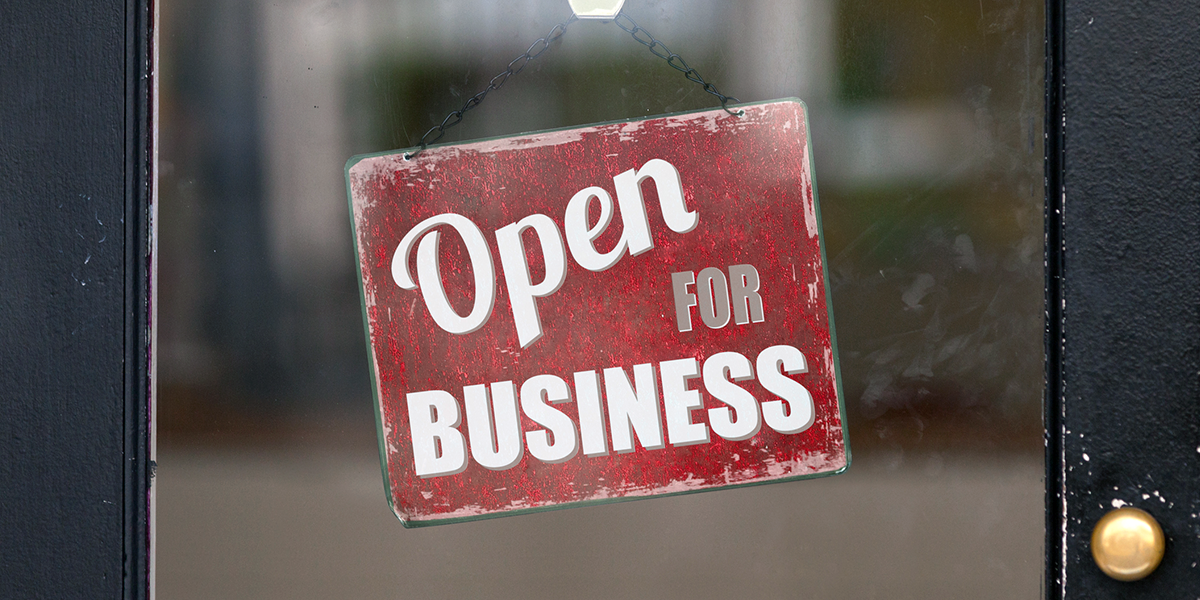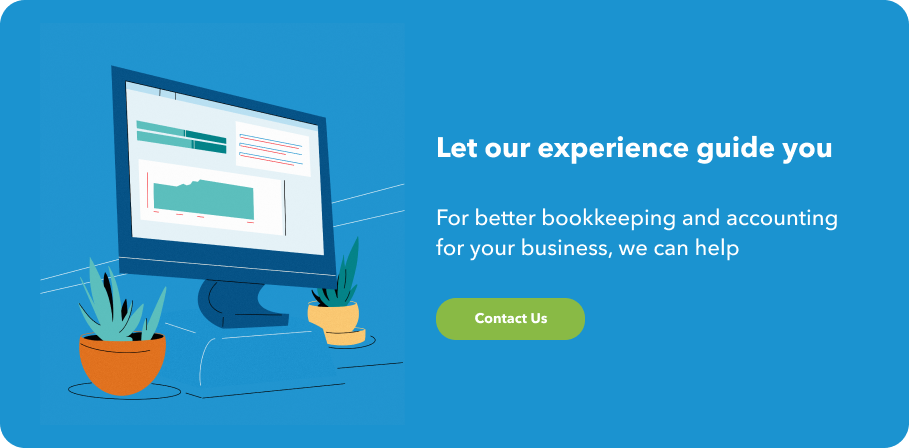In spite of the pandemic-sized challenges facing the world’s economy—skyrocketing unemployment, disrupted supply chains, banks and credit market systems risk, government’s crisis response—and people’s daily lives, CEOs of SMEs can manage cash flows and liquidity with a mind to grow when the economy reopens easily and effectively by remembering three guideposts for keeping your company moving forward.
Flip the switch to cash flow in the short-term without sacrificing strategy
It has been said that reopening the economy will not be like flipping a switch. The current economic climate demands that CEOs act swiftly and decisively to get their companies, their customers, their employees, and shareholders to the other side of this economic downturn. Success during these uncertain times demands that CEOs switch their focus away from a long-term growth strategy perspective to a critical short-term cash-flow consideration. This can be done without losing sight of where you want to be when the quarantine is over.
A focus on cash flow management is mandatory to prosper during the economic recovery. At indinero, we are expertly advising our clients and supporting them with the financial services and tools needed as they either downsize, pivot, and even, prosper through the coronavirus pandemic. There are three guideposts for approaching cash flow that will help CEOs through the downturn and ready businesses to level up.
Know your cash position better than ever before
This is no real estate crash of 2008 that CEOs are navigating right now and there is no better way for a CEO to gain clarity and confidence than by knowing your company’s cash position intimately. What is your cash flow statement telling you about your company’s burn rate, runway, and liquidity? Knowing your cash position, your access to capital and the reliability of revenue is crucial when deciding to lay-off or hold out with help from a PPP loan.
The more your CEO understands about your company’s cash flow during this fluid time, the more confident your stakeholders—shareholders, customers, employees, and lenders—will be in your company and brand. Cash flow management is central to businesses in survival mode, industry leaders like Amazon, and companies like Zoom and DocuSign that are benefiting from the WFH consumer base.
Focus on your inflows and outflows of cash will empower your CEO to move the company forward during this turbulent time.
Be ready to grow with the economy post coronavirus
Economists are hard at work modeling the global economic recovery. Just like the response to COVID-19 has varied by country or state, the reopening of the global economy is expected to be gradual and uneven country-to-country, state-by-state. With a clear understanding of your company’s cash flow you can adjust to be where you want to be in a month, two quarters or a year from now.
CEOs can communicate with employees and customers with a confidence that comes from being able to see and address liquidity issues in the short-, medium-, and long-term. You can remain strategic; retool and invest in new products during downturns. In a few cycles, the company that made deep cuts during a down cycle may not be able to regain lost market share later on.
Step-up how often you are reviewing cash flow during a weak economy, whether your business is leveraged or growing. Be in a stronger position to grow when quarantine is lifted.
Remember your employees during and after the quarantine because your customers will
When considering cash flow measures that reduce costs, payroll is, unfortunately, one of the main considerations for businesses. Our historic unemployment numbers (22 million have filed for unemployment) is proof of that.
Companies that do not share the pain during a crisis may suffer when the economy is back up again.
The cost-cutting actions companies take during crises reflect their values. Workers who either walked off the job to protest unsafe conditions or who lost their jobs due to COVID-19 may not come back. Companies that do not look out for their employees can lose their customer’s trust. Marriott furloughed tens of thousands of hotel staff with healthcare benefits for 90 days in April and its CEO Arne Sorenson relinquished his salary ($12.9 million in 2018). Steps like these signal to employees and customers that they are valued by the company.
Right now, across the globe, government and business leaders are grappling with the trillion-dollar question on everyone’s mind, when can we get back to work and to spending in public places?
In the U.S., the President wanted to reopen by Easter. Treasury Secretary Mnuchin suggested that our nation could be open for business in May. JPMorgan Chase CEO Jamie Dimon thinks Americans will be back to work starting in June. Governors on the west coast and east coast are pledging to coordinate when their states will get back to normal.
Whether we can get back to work in a matter of weeks or another two or three months, careful management of cash flows and attention to liquidity will see your business through this crisis.
We are here to help businesses at every stage with scalable financial solutions and real ROI.
Quick Note: This article is provided for informational purposes only, and is not legal, financial, accounting, or tax advice. You should consult appropriate professionals for advice on your specific situation. indinero assumes no liability for actions taken in reliance upon the information contained herein.




